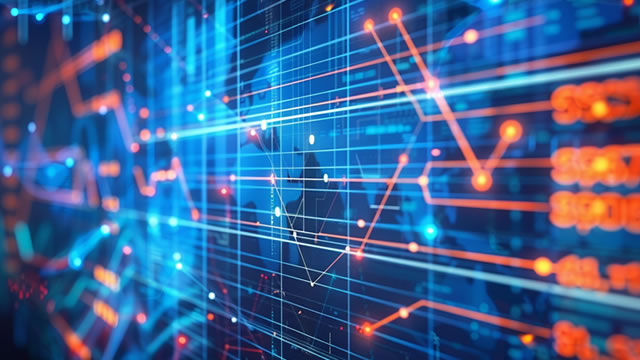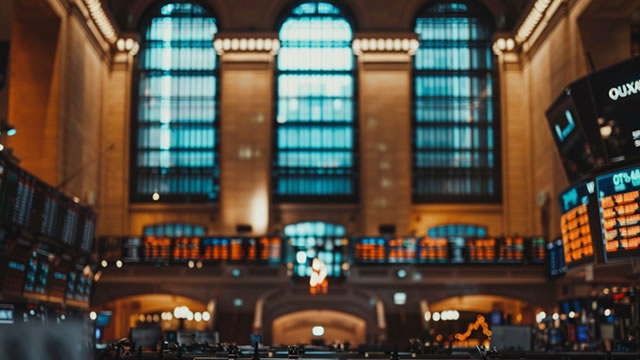The looming labor shortage: A future challenged by automation and the evolving role of robots
By 2030, the global economy is projected to face a staggering 50-million worker shortage. This shortage, according to various studies, will be driven by factors such as an aging population, skills mismatches, and the increasing adoption of automation and artificial intelligence (AI) in the workforce.
The first generation of robots: Caged revolutionaries
The first generation of robots, which primarily focused on manufacturing processes, were designed to work in controlled environments, often caged off from human workers. Their role was to perform repetitive, labor-intensive tasks, freeing up human workers to focus on more complex and creative tasks. However, these robots remained largely confined to their cages, unable to interact directly with their human counterparts or adapt to unstructured environments.
The second generation: Agile collaborators
The second generation of robots is breaking free from their cages. These robots are designed to work alongside humans, collaborating on tasks and adapting to their environment. They are equipped with advanced sensors and AI capabilities, enabling them to learn from their human counterparts and respond to changing circumstances.
Impact on individuals: A new era of learning and adapting
As robots become more capable and prevalent in the workforce, individuals will need to adapt. This may involve learning new skills or even entirely new trades. It is essential to recognize that while certain jobs may become obsolete, new opportunities will emerge. The key to success in this new era will be a willingness to learn and adapt.
- Embrace lifelong learning: Continuously update your skills and knowledge to remain competitive in the job market.
- Focus on creativity and problem-solving: Robots excel at repetitive tasks, leaving room for humans to excel in areas that require creativity and critical thinking.
- Cultivate emotional intelligence: Robots lack the ability to understand and respond to human emotions, making emotional intelligence a valuable asset in the workforce.
Impact on the world: A shifting economic landscape
The 50-million worker shortage will have far-reaching consequences on the global economy. It will lead to increased competition for jobs, potentially driving wages up in certain sectors. At the same time, it may result in a redistribution of labor, as industries that are heavily reliant on manual labor adapt to automation.
- Reallocation of labor: Industries that are heavily reliant on manual labor may shift towards automation, freeing up human workers for roles that require creativity and problem-solving.
- Economic growth: Automation and AI are expected to drive economic growth by increasing productivity and efficiency, particularly in industries such as manufacturing and logistics.
- Social challenges: The shift towards automation may lead to social challenges, such as increased income inequality and potential job displacement for certain demographics.
Conclusion: Embracing the future with open minds and open hearts
The 50-million worker shortage is a challenge that requires a proactive and adaptive response. By embracing the second generation of robots and focusing on learning and adaptation, individuals can thrive in this new economic landscape. At the same time, it is essential to address the social challenges that will arise and work towards a future where automation and human labor coexist harmoniously.
As we move towards a future where robots and humans work side by side, it is crucial to remember that the true value of work lies not in the hands that perform it but in the minds and hearts that create and innovate. Let us approach this new era with open minds and open hearts, ready to learn, adapt, and collaborate.





